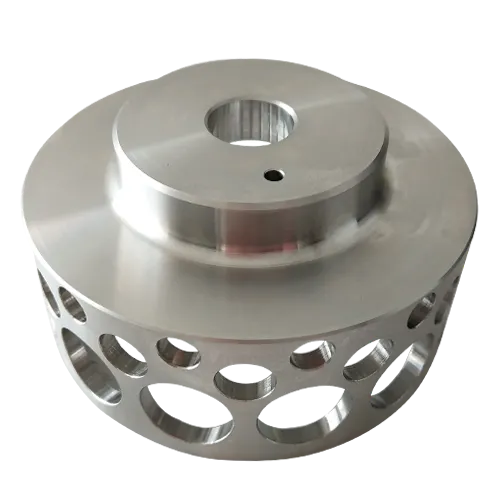Mobile:+86-311-808-126-83
Email:info@ydcastings.com
casing volute
Understanding Casing and Volute in Pump Design
In the realm of hydraulic engineering, understanding the core components of pump design is essential for achieving optimal performance and efficiency. Among these components, the casing and volute play crucial roles, particularly in centrifugal pumps, which are widely used in various industries ranging from water treatment to chemical processing.
What is Casing?
The casing of a pump serves as the outer boundary that encases the internal components of the pump, including the impeller, volute, and other mechanical parts. Its primary purpose is to contain the fluid that is being pumped and to provide a structure that can withstand the pressures and forces generated during the pumping process.
The design and material of the casing are critical because they directly affect the pump's efficiency, durability, and maintenance requirements. Common materials for pump casings include cast iron, stainless steel, and various types of plastics, each chosen based on the nature of the fluid being pumped and the environmental conditions.
A well-designed casing not only contains the fluid but also directs it through the pump system effectively. It incorporates various features, such as suction and discharge ports, which facilitate the entry and exit of fluid. Additionally, the casing design can influence the overall energy consumption of the pump, making it an essential aspect for engineers to consider.
The Volute A Key Component
casing volute

The volute is a spiral-shaped component found within the pump casing of centrifugal pumps. Its function is to convert the kinetic energy imparted by the impeller into pressure energy. As the impeller spins, it adds velocity to the fluid, which is then captured by the volute. The volute's expanding cross-sectional area reduces the fluid's velocity and subsequently increases its pressure, allowing it to be discharged effectively.
The geometry of the volute is critical for ensuring a smooth flow of the fluid without turbulence, which can lead to losses in efficiency. An optimally designed volute minimizes energy losses and maximizes pressure output, making it a vital component in pump performance.
Design Considerations
When designing the casing and volute, engineers must consider several factors. One key consideration is the operating conditions, such as the type of fluid being pumped, its temperature, and its viscosity. These factors influence the selection of materials and the design of the casing, ensuring it can withstand the operational stresses without failure.
Another important factor is pump performance. Engineers use computational fluid dynamics (CFD) simulations to analyze how changes in casing and volute design affect the flow characteristics and efficiency. This modeling helps in creating designs that reduce energy consumption while maintaining high flow rates and pressure outputs.
Conclusion
In summary, the casing and volute are integral components of centrifugal pumps that significantly impact their efficiency and effectiveness. The casing provides structural integrity and containment for the fluid, while the volute plays a crucial role in converting kinetic energy to pressure energy. A thorough understanding of these elements and careful consideration during the design process can lead to improved pump performance, lower energy costs, and extended service life. As industries continue to prioritize efficiency and sustainability, advancements in the design of casing and volute will play a pivotal role in the future of pumping technologies.
-
Understanding Metal Casting TechniquesNewsApr.02,2025
-
Understanding Exhaust Manifolds for Enhanced Engine PerformanceNewsApr.02,2025
-
The World of Metal FabricationNewsApr.02,2025
-
Key Components for Pump and Turbo EfficiencyNewsApr.02,2025
-
Essential Tools for Automotive Maintenance and RepairNewsApr.02,2025
-
Durable Valve Components for Effective Water ManagementNewsApr.02,2025











